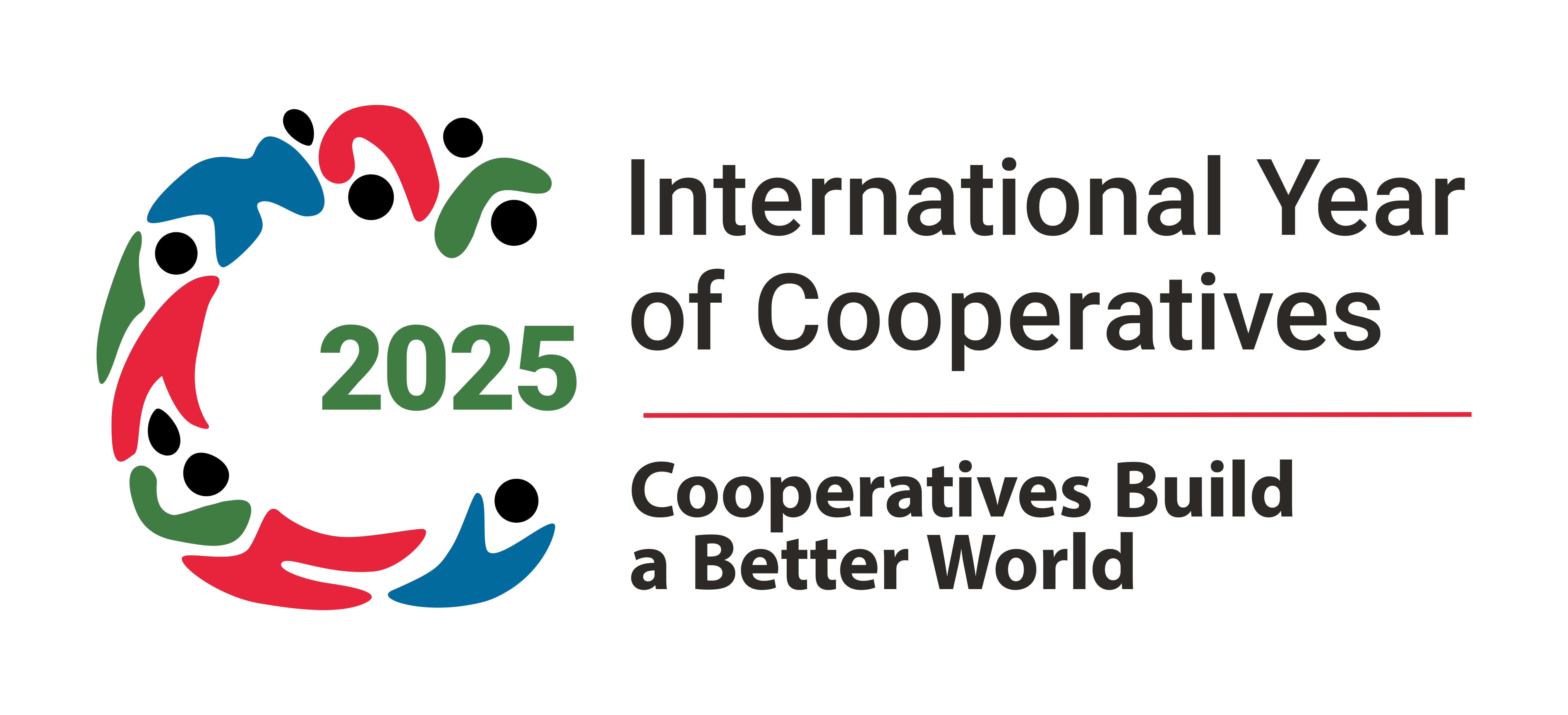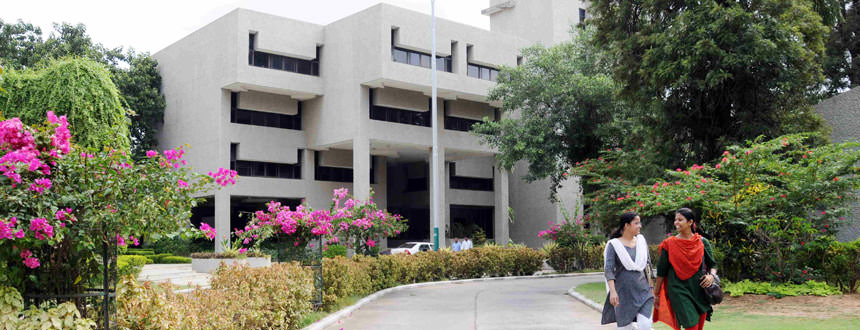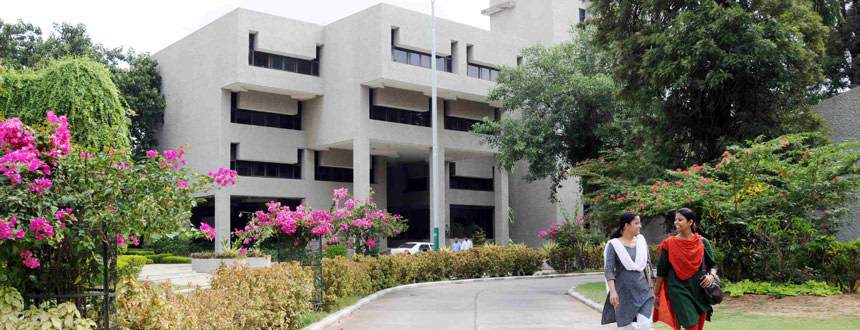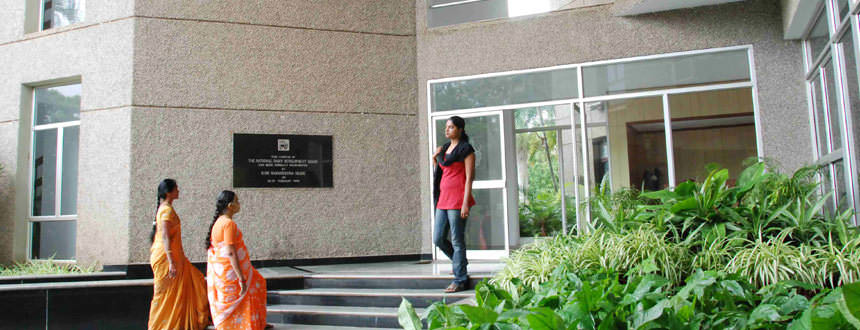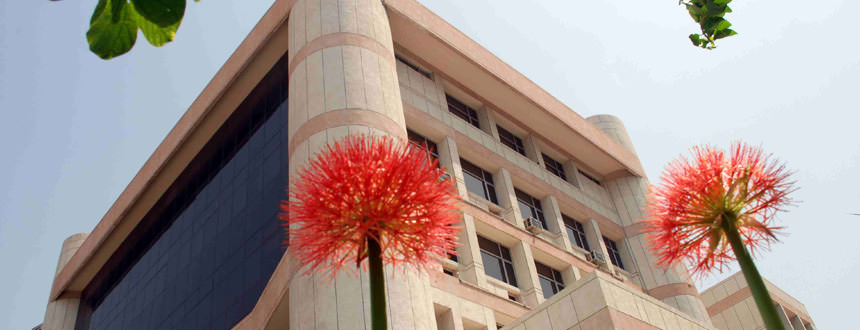National Workshop on Improving Feed Production Efficiency & Quality control Aspects of Cattle Feed Plants
National Workshop on Improving Feed Production Efficiency & Quality control Aspects of Cattle Feed Plants
Shri Parshhottam Rupalaji, Honourable Minister of State, Agriculture & Farmers Welfare, Shri Dilipbhai Patel, Honourable Member of Parliament, Dr HPS Makkar, FAO, Rome, other distinguished members of the dairy cooperative fraternity, my colleagues from NDDB, ladies and gentlemen.
At the outset, I would like to welcome all of you on behalf of NDDB to this National Workshop on improving production efficiency and quality control aspects in cattle feed plants, a subject which has not received the kind of attention that it deserves, especially considering the fact that the cost of feed alone accounts for over 70% of the cost of milk production.
As many of you may remember, NDDB’s genesis and its mandate for implementing a nationwide dairy development programme on cooperative lines was the result of the visit of the then Prime Minister, Late Shri Lal Bahadur Shastri to inaugurate the cattle feed plant of AMUL Dairy (Kheda Union) at Kanjari on 31st October 1964. It was the first cattle feed plant set up in the dairy cooperative sector. AMUL Dairy’s cattle feed plants capacity in Gujarat has now grown to about 2000 tonnes per day from the initial capacity of 300 tonnes per day. In that sense, the seed for the turning point of India’s dairy development trajectory was sown in that visit of the Prime Minister.
The same visit also resulted in establishment of NDDB which was mandated to take up dairy development on the Anand pattern cooperative model, which over the past few decades demonstrated the powerful role played by farmer owned and controlled institutions in providing market access to our milk producers. This combined with the steady growth in agricultural production and our cross breeding strategy contributed to the remarkable growth of our dairy sector.
Today we are the world’s largest producer and consumer of milk growing annually at 6.5% over the last 2 years and over 4.5% over the previous 10 years.
Due to a number of factors like growing population, rising incomes, increasing urbanization demand for milk and milk products is steadily rising in our country. By 2050, India would become the world’s most populous country – about 1.7 billion and about 600 million in middle income class.
Our efforts are aimed at meeting this growing demand for milk mainly from domestic production to continue to maintain our self-sufficiency and food and nutritional security in a sustainably way – socially, economically and importantly environmentally.
India’s model of milk production is based on feeding crop residues and agricultural by-products and using family labour to add value to resources which otherwise have limited alternative economic value.
It is in this context that the role of compound cattle feed in animal nutrition to help support the increase in milk production becomes significant.
A large number of farmers in India use low quality forage as the bulk of basal diet of ruminants, supplemented with one or two locally available concentrate ingredients depending upon the level of milk production, which is not always able to meet the animal’s requirements of protein, energy, minerals and vitamins. As a result, animals either do not produce milk as per their genetic potential or else, the cost of milk production is high on account of imbalanced feeding.
In general, feeding animals balanced ration can help the milch animals produce milk commensurate with their genetic potential with the attendant benefits of lower cost, increased SNF, higher immunity to disease, improved reproductive efficiency and reduced methane emissions.
In the absence of adequate quantity of quality green fodder, concentrate feeds provide bulk of essential nutrients in the diet of dairy animals.
The dairy cooperative network produces about 3.6 million tonnes per annum with an installed capacity of about 5 million tonnes in 70 cattle feed plants. In addition the private sector produces an additional 4.5 million tonnes. A total of 8 million tonnes per annum is sufficient for only about 8 million of the more than 100 million breedable animals.
Let me use this opportunity to highlight a few important issues and areas of concern which need our attention to make our cattle feed industry more efficient and sustainable.
- Ensuring quality of feed - As there is no regulatory mechanism in place, compliance with standards is on a voluntary basis which may not deter unscrupulous players from producing sub-standard feeds. Till such time a regulatory mechanism is in place, farmers needs to be informed on purchasing feed from plants that have proper systems in place. We are given to understand that some state which had made an effort to introduce feed quality regulations are finding it difficult to do so because of legal obstacles. One way to overcome this is to introduce, with the agreement of all cooperatives, a common quality mark for cattle feed. This could be a purely voluntary effort, wherein quality specifications for different categories of feed will be worked out in consultation with unions/federations engaged in feed production. During the course of this workshop, if all stakeholders agree, NDDB can take the initiative to introduce common quality mark for cattle feed and a scheme could be worked out in consultation with the cooperative federations.
- Making available appropriate feed variants - Although there are many variants of cattle feed, more than 80% of the feed produced by the cooperatives are of Type II which is suitable only for animals yielding 5 to 8 litres of milk. It is therefore important for feed plants to produce and sell a range of feed variants that are suitable for high yielding cows and buffaloes, growing calves, dry pregnant animals etc
- Development of skills and capability - Producing high quality cattle feed that can be competitive in terms of cost requires skills and ability in a number of areas which includes ability to derive least cost feed formulation and conducting the required tests for all incoming raw material and finished raw material on time. We are planning to deliver online learning material through the Cattle Feed Knowledge Portal, which will be launched by Honourable Minister this morning. The portal will also have information on Least cost formula for feeds, suppliers of feed ingredients, raw material specifications as well as a discussion forum to share information.
- Modernization and renovation of plants - Many of the plants have been set up many years back when process controls were not as sophisticated as today. Modernization and renovation of the plants with latest technology can help in reducing avoidable wastages leading to greater efficiency
- Efficient management of inventory - In a high volume and low operating margin product like cattle feed, efficient operations in cattle feed requires a sophisticated system for management of raw material and finished goods including aspects related to accounting and control systems for procurement, storage and logistics.
- Transparency and integrity in purchases - As prices of cattle feed ingredients are volatile, many plants buy based on procedures other than open tenders on national basis, which may not meet transparency expectations. Some state cooperative federations have started participating in the nationwide e-auctions for feed ingredients which not only enhances transparency but also benefits them in terms of competitive prices due to participation of suppliers from across the country. This practice must be adopted by more cooperatives to ensure transparency as well as to benefit from competitive prices.
As it would be unrealistic in the Indian context to meet the full nutrition requirements of animals through concentrates alone, we need to ensure that the available resources are used judiciously by promoting balanced feeding with locally available materials and area specific feeds, an activity which we have taken up under Ration Balancing Programme as part of NDP I which is yielding beneficial results for increasing the earnings of farmers.
I hope that this national workshop would help in identifying implementable action to improve aspects related to feed production efficiency and quality control.

